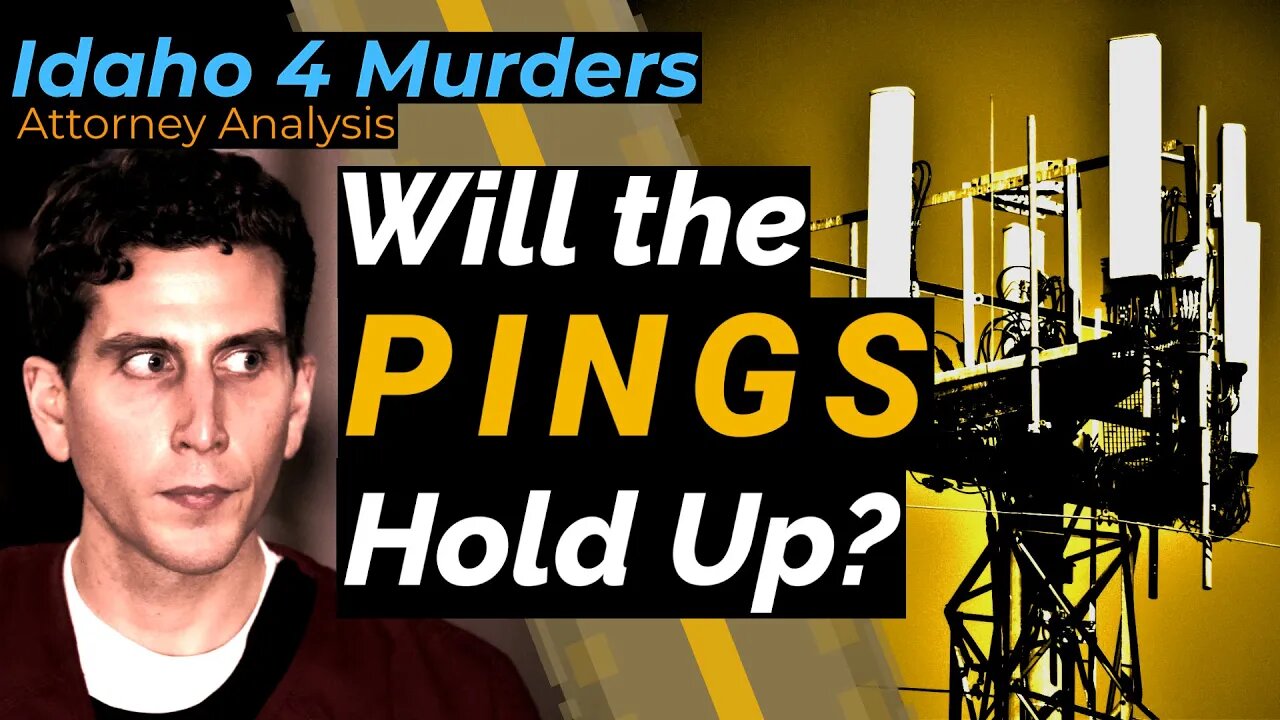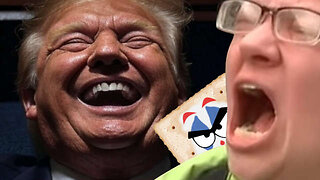Premium Only Content

Cell Phone Data - Criminal Defense Attorney Analysis - Idaho v. Kohberger
If the defense strategy will be to systematically attack the State's evidence, how will they approach and break down the cell site location information obtained from his phone records? As with all forensic evidence, the devil is in the details; so, we look at some of the questions the defense team is likely to be asking. After an overview of how the communications between cell phones and cell towers can be used to calculate the phone's position, we'll talk about the factors that can affect how reliable and precise these determinations are and why it's potentially a pretty different situation in Moscow, Idaho than in denser urban settings. We also see a hint in the probable cause affidavit that the cell data may not tell the whole story when it comes to determining Bryan Kohberger's location.
00:00 Intro
01:16 Why the pings are important in the circumstantial picture
02:39 There's a lot NOT said in the p/c affidavit that affects the pings
03:29 Pings: the basics
05:00 The two best methods of locating a phone: GPS and triangulation
07:16 Because you need multiple connections to triangulate, cell tower density is key
08:23 Overlapping cell coverage isn't as common in rural areas
10:00 The p/c affidavit uses vague language that doesn't tell us the strength of the data
12:32 There's a question whether the pings reliably establish cell phone location
15:17 The legal standards for admitting scientific evidence generally require reliability
19:04 Want to learn more? Links below!
19:49 Coming up: How the defense will approach the DNA evidence
For more reading:
Blank, Aaron, The Limitations and Admissibility of Using Historical Cellular Site Data to Track the Location of a Cellular Phone, 18 Rich. J. L. & Tech. 3 (2011): https://scholarship.richmond.edu/cgi/viewcontent.cgi?article=1354&context=jolt
For more detail on the technical issues:
Hussain, Syed Asad et al., Positioning a Mobile Subscriber in a Cellular Network System Based on Signal Strength, IAENG Int'l J. of Comp. Science, 34:2 (2007): https://www.iaeng.org/IJCS/issues_v34/issue_2/IJCS_34_2_13.pdf
-
 11:10
11:10
Legal Color Commentary with Andrea Burkhart
2 years agoRoommate D.M.'s description broke the case - Idaho v. Kohberger - Attorney analysis
2393 -
 LIVE
LIVE
EricJohnPizzaArtist
6 days agoAwesome Sauce PIZZA ART LIVE Ep. #59: Are You Ready for some FOOTBALL with GameOn!
87 watching -
 1:21:43
1:21:43
Jake Shields' Fight Back Podcast
9 hours agoJake Shields and Paul Miller!
24.7K66 -

TRAGIKxGHOST
55 minutes agoTrying to get SCARED tonight! | Are You SCARED!? | Screams Beyond Midnight | Grab a Snack
18 -
 LIVE
LIVE
StuffCentral
2 hours agoI'm baaack (no you can't play with me.. unless you a healer)
45 watching -
 2:25:11
2:25:11
TheSaltyCracker
4 hours agoTrump Is Not Dead ReEEeStream 8-31-25
49.2K86 -
 LIVE
LIVE
THOUGHTCAST With Jeff D.
2 hours agoLabor Day Weekend FORTNITE With THOUGHTCAST Jeff & the squad
111 watching -
 3:44:05
3:44:05
Rallied
4 hours ago $2.24 earnedSolo Challenges All Day
26.5K1 -
 LIVE
LIVE
iCheapshot
5 hours agoCall of Duty: Black Ops Campaign
37 watching -
 4:39:16
4:39:16
Meisters of Madness
6 hours agoMadness in a Pod
6891